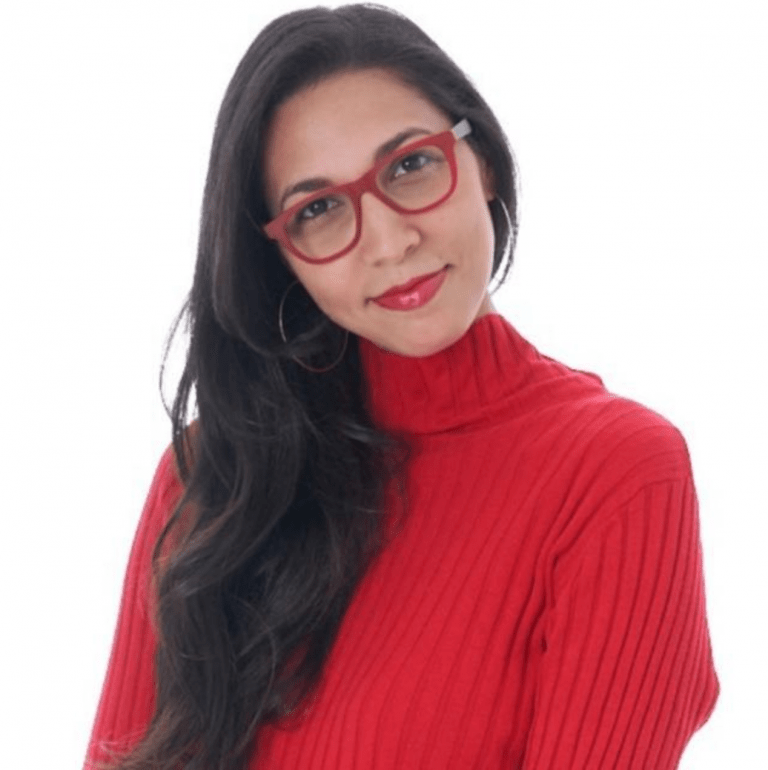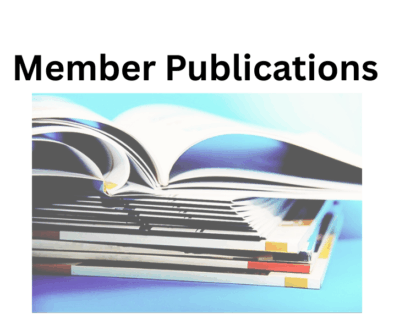Getting Under the Skin with Linda Villarosa: Part Two in Our Book Review Series
Samantha De Leon SautuWe are excited to present the second post in our blog series reviewing books from Health Affairs’ 10 Books about Racism and Health.
The books provide a wide-ranging view of the impact of racism and structural racism on health, from historical to policy. We encourage you to read them (alone, in a book club, etc.) and start new conversations!
—Claire Altman, IAPHS Blog Editor
Have you read Under the Skin by Linda Villarosa?
If you care about the health of the American population, or you’re educating yourself on the lived experiences of minoritized groups, you can’t skip this Pulitzer Prize finalist, Under the Skin. Through caring and heartfelt prose, Villarosa walks the reader through the complex, systematic, longstanding realities that create and maintain the health inequities plaguing our country.
If you’re a researcher, healthcare provider, or an activist for population health and equity, what would you ask Villarosa? This interview is my attempt at connecting with her and listening closely to her. In this Q&A, she talks about her life these days, her relationship as a writer with clinicians and researchers, and her new insights on the book.
Linda, up close
What was your greatest joy and greatest sorrow this past week?
My partner’s nephew, which means my nephew, was killed at a birthday party in Texas a few weeks ago. He was only 24 years old and had grown up with both the shooter and just about everyone else there. It was a sad reminder of the importance of gun control. Our nephew, his girlfriend, and the person whose birthday they were celebrating were casualties of the overabundance of and easy access to guns in our country. Still, our family came together in the spirit of love and remembrance, showing up for my sister-in-law who lost her son and our nieces who lost their brother.
Is there a personal object on your desk or the place where you most often work that has a special meaning to you? If so, what is it and what is its story?
I have an Ida B. Wells Barbie doll on my bookshelf in my office. She is a personal hero to many Black journalists, and I love that she sits on my shoulder. I was supposed to keep her in the box she came in — as she’s a collector’s item — but decided that plastic box was too confining for her big spirit and inspiring presence.
Linda and the researchers
Is there a feeling you experience when approached by clinicians or scientists working for population health?
I feel happy to be in the company of clinicians and scientists because I know I’m going to learn something.
Is it common for you to cross paths or hear from researchers and clinicians who have read your book?
Very common. It always makes me a little nervous because I worry that my work sounds like only critique and not appreciation. It’s generally both.
When that happens, what are the most common reactions you get? How are these similar or different from what you expected, if anything, while writing the book?
I almost always receive gratitude. Sometimes I get thanked for covering the health disparities that clinicians and scientists have been talking about and studying for years or even decades. I have had many sources tell me their work and experiences have been ignored or brushed aside. Other times, I get surprise. Frequently, someone will say, “I didn’t know that.” Infrequently, I receive pushback, which is also welcome.
Linda and Under the Skin
In the book you discuss examples of potential solutions you have seen applied locally. Among the community of people who are working against the toll of racism on American mothers and babies, who have you observed is doing the heavy lifting? How are the clinical and research communities connected to them?
I have seen vast improvements in awareness and action since I first started writing about infant and maternal mortality and morbidity about six years ago. I also see clinicians and researchers connecting to people and even hospital systems being more open to creating solutions with input from affected people and communities. Unfortunately, the needle hasn’t moved very much, and in some cases, the numbers have worsened. Part of that is due to the pandemic, so I will be curious if the statistics improve as we move past COVID.
When you talk about the impact of racism in healthcare and community systems to a woman of color, how do you approach the topic? How do you think we should engage in such conversations if we intend to be realistic but not fatalistic or disempowering?
I have learned to be realistic but not scary. I am sometimes approached by young Black women who say they don’t want to have children because they’re afraid of dying related to pregnancy and childbirth. I first became a journalist at Essence Magazine and have also been guided by the work of the National Black Women’s Health Imperative. Both the magazine and the organization focus on solutions. If asked, I offer the kind of guidance I might offer my daughter: Being a mother has been a transformational experience for me, and you have the right to have babies safely. At the same time, be alert, educate yourself, ask questions, use your intuition, speak up.
Do you think the individual barriers to accepting and working through one’s own implicit biases are different for clinical and research professionals than for others?
Yes and no. Everyone has trouble recognizing their own biases no matter what kind of work they do. But for clinicians, especially, they can surface when situations are stressful — which is common in healthcare settings. This can create a life-or-death situation by impeding decision-making that should be immune to biases. Also, in medicine, and in some other “helping” professions, there is an assumption of colorblindness that ignores real biases that are old, societally driven and subtle.
You explain the sources for your optimism and hopes in your book. In these two years since the book was published, has your optimism grown stronger, weaker, or remained the same? Have you found new reasons for hope or despair?
I remain hopeful, and talking to medical, nursing, midwifery and public health students makes me feel good about our future. They are demanding changes in healthcare and medical education that I find exciting. I also appreciate activists, especially intergenerational groups, that are fighting for change.
What research questions do you wish the health and population science field would pursue?
I think it’s important to understand why racial health disparities — infant and maternal mortality and life expectancy — persist among educated and middle class and even wealthy Black Americans. We don’t have definitive answers.
In the book, you detail the way one health administrator attempted to have difficult conversations with their team members and give the proper platform to neglected voices. What conversations do you think clinicians and researchers should be having with women of color, activists, and fellow professionals who strive to reduce inequality?
I think more than talking, it’s about listening and coming up with solutions together. I want to leave an open space for you to openly tell the researchers and clinician workers what you think we really need to listen to. How can I best see and hear you? It’s best to assume that everyone has something important to add. My job as a journalist is to ask questions and then stop talking and listen deeply. And do it again and again.






All comments will be reviewed and posted if substantive and of general interest to IAPHS readers.